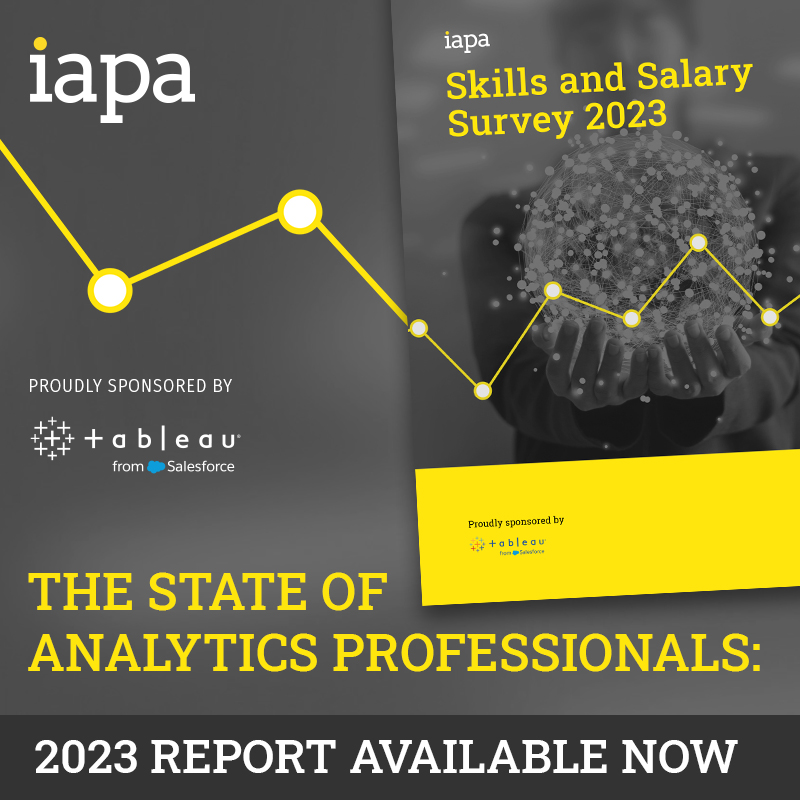The ads you see online could soon get harder to refuse, thanks to a new artificial intelligence (AI) system that predicts whether you’ll like an ad before it has even run.
Designed by a technical team in Brisbane and delivered to marketers through headquarters in Austin, Texas, Junction AI technology has hit a nerve in an industry where new display ads often fall flat after advertisers pay handsomely to place them in key outlets.
Copywriters lean heavily on ad-writing techniques like A/B testing, but these only go so far in predicting whether online citizens will respond to a particular ad.
This leaves advertisers all but guessing whether they have chosen the right words and images to convince potential new customers to click through.
That’s a challenge for marketers that are increasingly equipping content marketing organisations (CMOs) to drive deeper engagement with customers and prospects in an ever more-crowded advertising market expected to surge from $US226.6b ($A329.3b) in 2017 to $464.73b ($A675.3b) in 2022.
A recent Content Marketing Institute and ADMA report, for one, noted that 60 per cent of Australian businesses doing content marketing characterised their strategy as “moderately successful”.
Yet that success is only determined through metrics after a particular piece of content has already been posted – through click-throughs, likes, shares, or other metrics – meaning that advertising is often a hit or miss proposition.
“Currently the baseline as to how well a particular creative ad or social post will go, is zero,” chief technology officer Rob Turner told Information Age.
“They put a lot of effort into building creative and selecting images, but nobody actually knows until they test it – and sometimes you only get one go at making a splash.”
Advertising precognition
The platform evolved from efforts by Brisbane-based Turner and Texas-based co-founder Vance Reavie to build an app to improve discovery of local event, restaurant and other listings.
Analysis of text-based information showed some promise but discussions with advertisers showed that “they didn’t want another channel”, Reavie explained.
“There’s a real pressure on content marketing organisations and agencies to be leveraging data and monetising data much better than in the past. They didn’t want to just do more; they wanted to do smarter advertising.”
That meant knowing what customers wanted to see ahead of time – which brought AI into the equation and set off development of a platform that recently went into pilot with a dozen US advertising agencies onboard.
“We had so much data from the app that we realised there was no way that a human could sit there and test every assumption,” Reavie said.
The system derives around 28,000 data points about an ad or post – extracted from Facebook feeds and other metrics of success – and runs millions of algorithmic tests to evaluate the relationship between one or more attributes of the post, and its known success.
By applying these results to newly-created content – users just upload the content to an online portal – Junction AI can derive a score indicating how likely it is that customers will click on the new technology.
Tests to date have shown its accuracy to be sitting as high as 82.4 percent – in the case of an early customer that had 1,500 ads running – and some reports seeing traffic to search ads triple.
The firm recently completed the 13-week Blue Startups Accelerator, and is hiring in Australia and the US on the back of surging interest that saw the company book more than $US50,000 ($A72,500) in sales before it even had a product to show.
“We are looking at the art of marketing and apply science to give it meaning,” Reavie said. “We build the AI model behind the scenes, and it automatically trains itself.”
It’s all about image
Junction AI started out as a text-matching analytics engine, but rapidly morphed into image recognition as it became clear that it could analyse graphics in advertisements with a high degree of accuracy.
“It was surprising how well it could learn which are good and which aren’t so good,” Turner said.
The system uses image analysis and correlation techniques to understand what elements are in the photograph – and how their interrelationships shape the emotional message that they send to viewers.
A picture of a mountain is one thing, for example, but the overall impact and relevance of the ad might be determined by whether the ad also includes a helicopter, a hiker, snow on top, rocks or trees, and other emotionally resonant elements.
“The fact that it is a picture of a mountain is not the most important thing,” Reavie explains. “It’s what that mountain means to the audience – and this lets a marketer test whether they could power their advertising concept better, by choosing a different image that really engages the customer.”
By analysing all of the elements in a proposed advertisement, Junction AI promises to not only help CMOs optimise their content – but eventually to do so as it’s being created, like a spelling checker.
It’s part of an overall trend towards adopting AI in support of marketing personalisation – with 57 per cent of respondents in a recent ADMA survey saying that AI is “absolutely or very essential” for personalising customer experiences.
“There are a lot of moving parts and technology that happens end to end,” Turner said, “and that needs to be highly automated. We’re essentially doing the job that a data scientist would be doing manually.”










